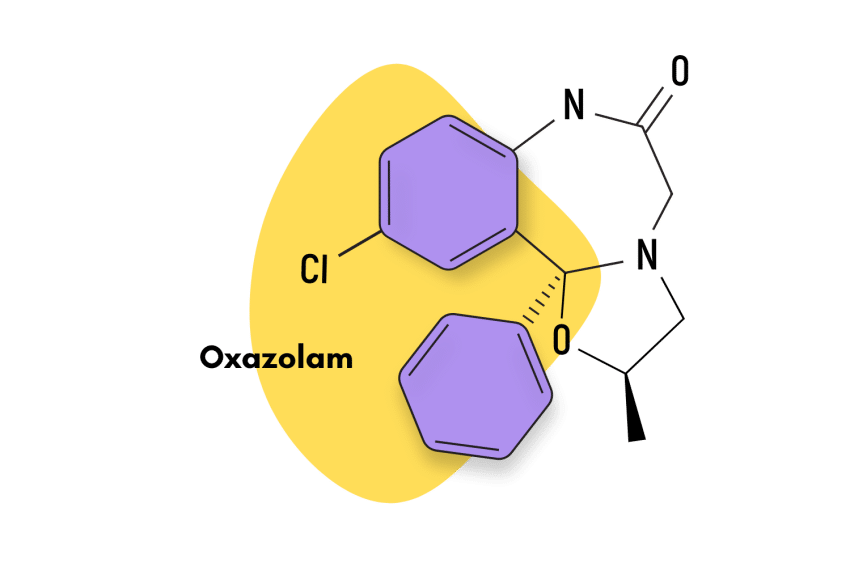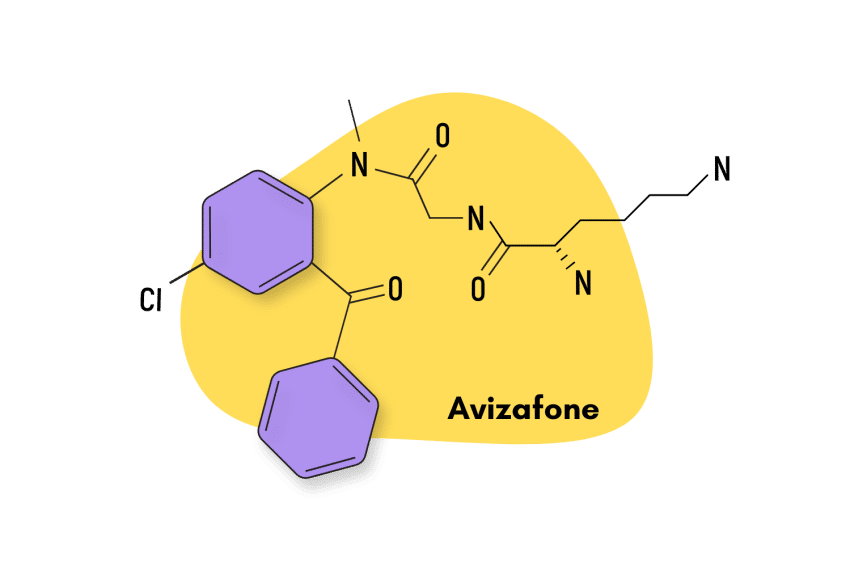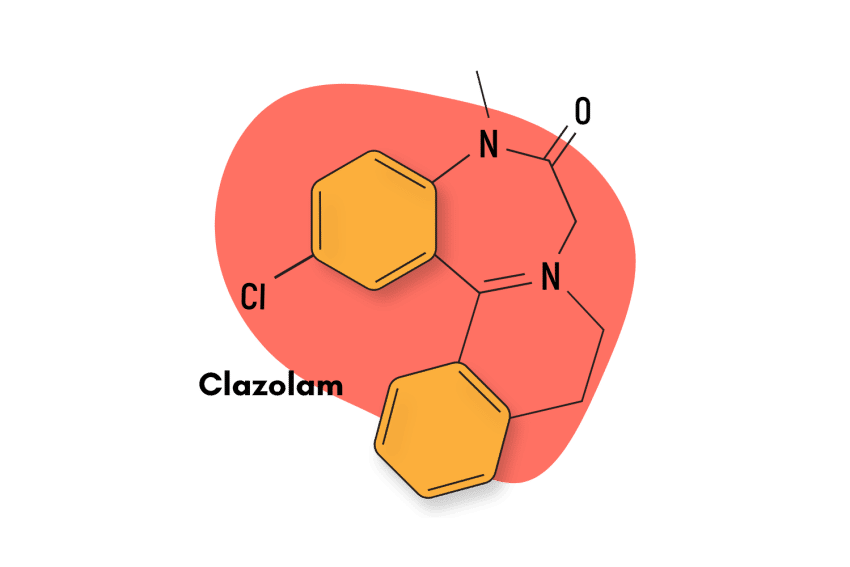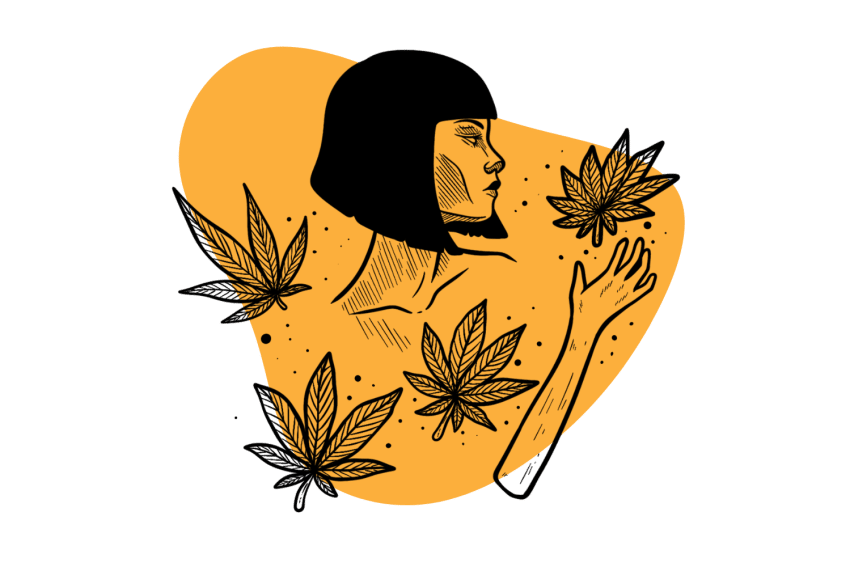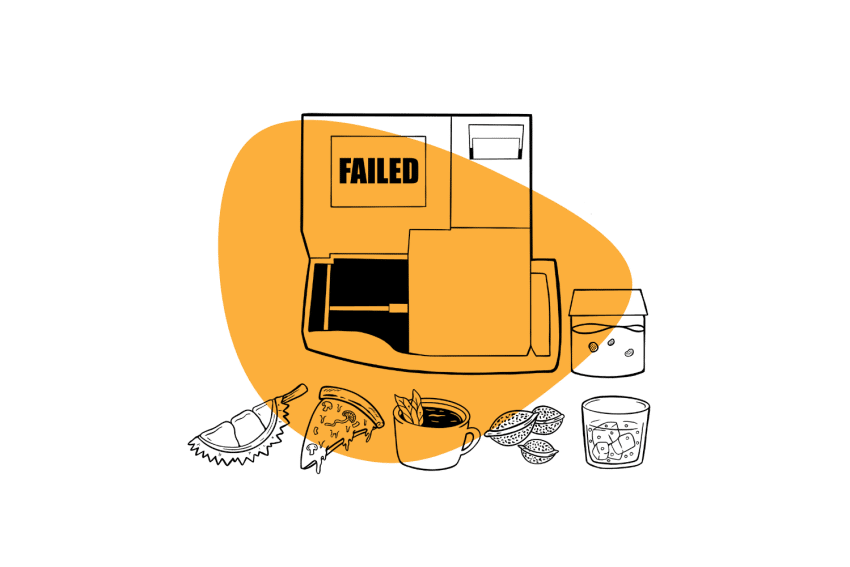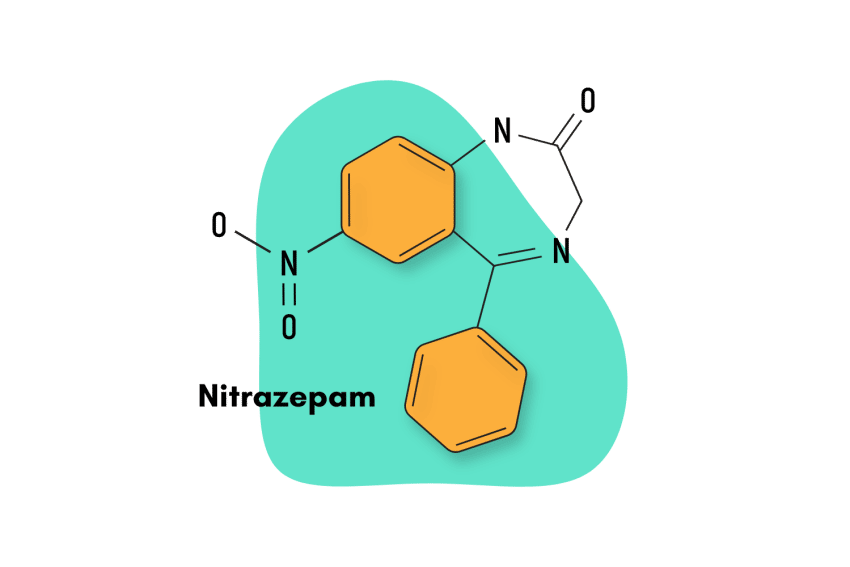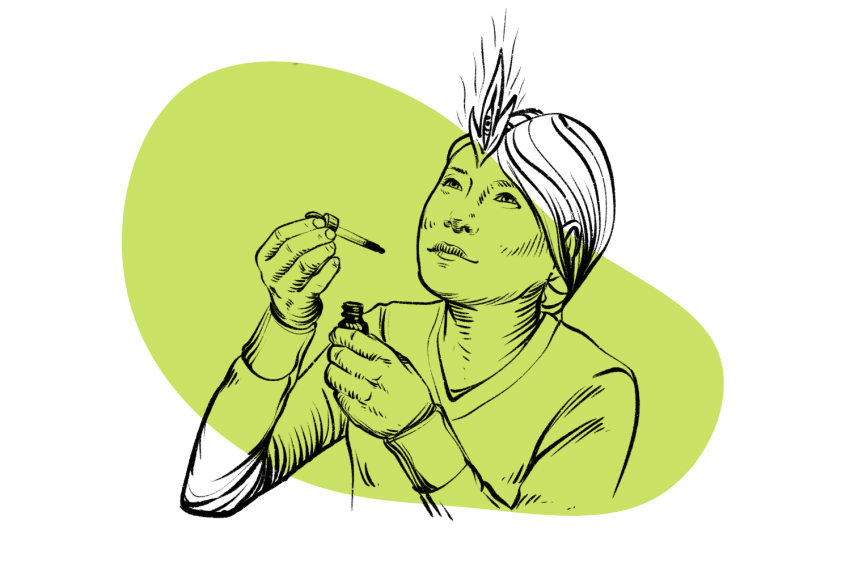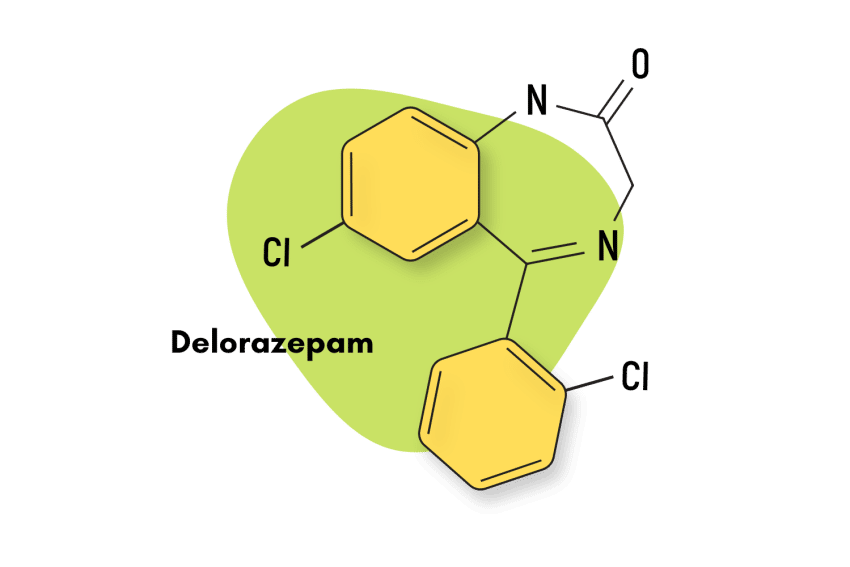Xanax & Weed: Can You Take Them Together?
Xanax and weed work for similar health conditions. Can you take them together to enhance the benefits? Or is it not worth the risk? Let’s dive into potential interactions between weed and Xanax.
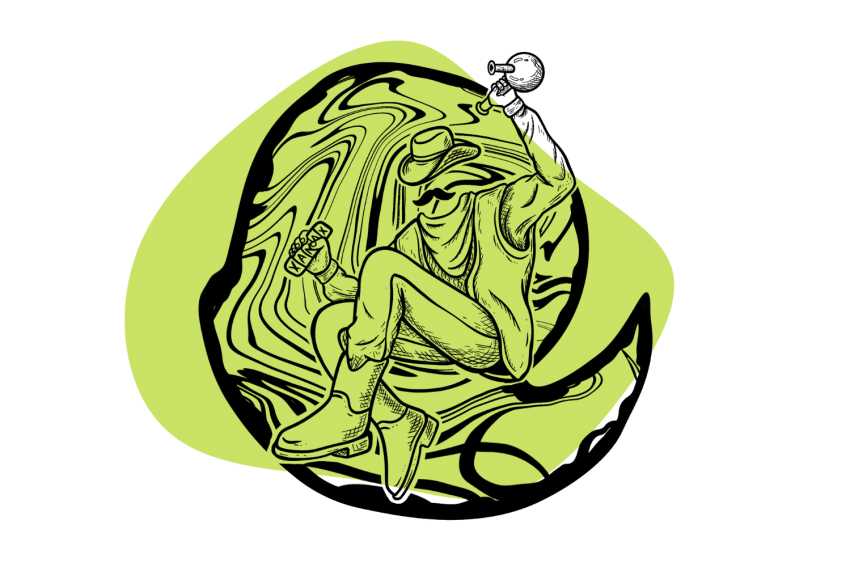
Combining Xanax (alprazolam) and weed (Cannabis sativa) can be risky.
Most people who combine these substances do so for their synergistic effects. Taking them together produces stronger sedative and inebriating effects than either substance used on its own.
Similar interactions occur for other short or intermediate-acting benzodiazepine drugs, such as Klonopin (clonazepam), Ativan (lorazepam), Halcion (triazolam), and numerous others.
In this article, we’ll delve into all the details, including the risks, top reasons for mixing these substances together, alternative options, and more.
Weed Makes Xanax Stronger
Weed and Xanax shouldn’t be taken together unless advised by a doctor under strictly controlled circumstances.
That’s because weed changes the metabolism of Xanax.
We’ll get down to the interactions soon, but first, why do people mix weed and Xanax together?
The simplest answer is that weed potentiates (makes stronger) the effects of benzodiazepine drugs — especially the sedative and inebriating qualities of these drugs.
Cannabis affects the endocannabinoid system, which has trickle-down effects on numerous other systems around the body — including the GABAergic system.
GABA is a neurotransmitter responsible for regulating neurological function. More specifically, GABA slows down activity in the neurons both inside and outside the brain. Increasing the effects of GABA slow down thoughts, alleviate anxiety, relax the muscles, and make falling asleep much easier.
Benzodiazepine drugs specifically target GABA, which is what makes them such a powerful anti-anxiety and sleep medication.
Mixing the relaxing (partially GABA-ergic) effects with powerful benzodiazepine drugs further boost this effect profile for both drugs.
Risks of Taking Xanax with Weed
Both Xanax and weed can depress the central nervous system. This can cause sedation and, in rare cases, coma.
It’s very rare for people to overdose on benzodiazepines, even if weed is used at the same time — however, all sedative drugs or drug combinations carry inherent risks. The biggest danger is passing out, vomiting (also a side effect of benzodiazepines), and asphyxiating on one’s own vomit.
The powerfully sedative qualities of these drugs mean you can fall asleep and begin choking without waking up.
Another risk factor involves the way both drugs are metabolized and later removed from the body.
Cannabis slows down the metabolism of Xanax by competing for some of the same enzymes in the liver that are responsible for breaking them down. This causes a backlog of both drugs as the liver struggles to metabolize everything as fast as possible. Blood levels of both drugs may remain high for several hours longer than expected.
Cross-drug interactions between Xanax and weed can increase the risk of:
- Addiction
- Drowsiness
- Impaired cognitive functioning
- Mood changes
- Overdose
- Respiratory depression
Can You Drink Alcohol When You Mix Xanax and Weed?
Mixing Xanax and weed is a risky business, but adding alcohol to that blend is a recipe for disaster.
It’s not a great idea to mix benzodiazepines with weed — but it’s a terrible idea to mix benzos with alcohol.
The risk of overdose on benzodiazepines increases significantly when alcohol is in the picture. Both drugs target the same receptors, so a safe dose can compound in the presence of alcohol to something much more dangerous.
This combination can cause serious injury or death via asphyxiation, increased risk-taking behavior (disinhibition), cognitive impairment, memory loss, and nausea and vomiting.
There’s one study done on rats that explains the potential mechanism behind such severe interactions. Researchers believe that ethanol, the active ingredient of alcoholic beverages, can lead to elevated levels of alprazolam in the bloodstream [9].
It’s best to avoid alcohol at all when you take Xanax and weed.
Cannabis 101
Cannabis is the most popular illicit substance in the world. It has a long history of use among humans, dating as far back as 12.000 years ago [1].
The reason why cannabis has become so widely used for medicinal, recreational, and spiritual purposes is THC (tetrahydrocannabinol).
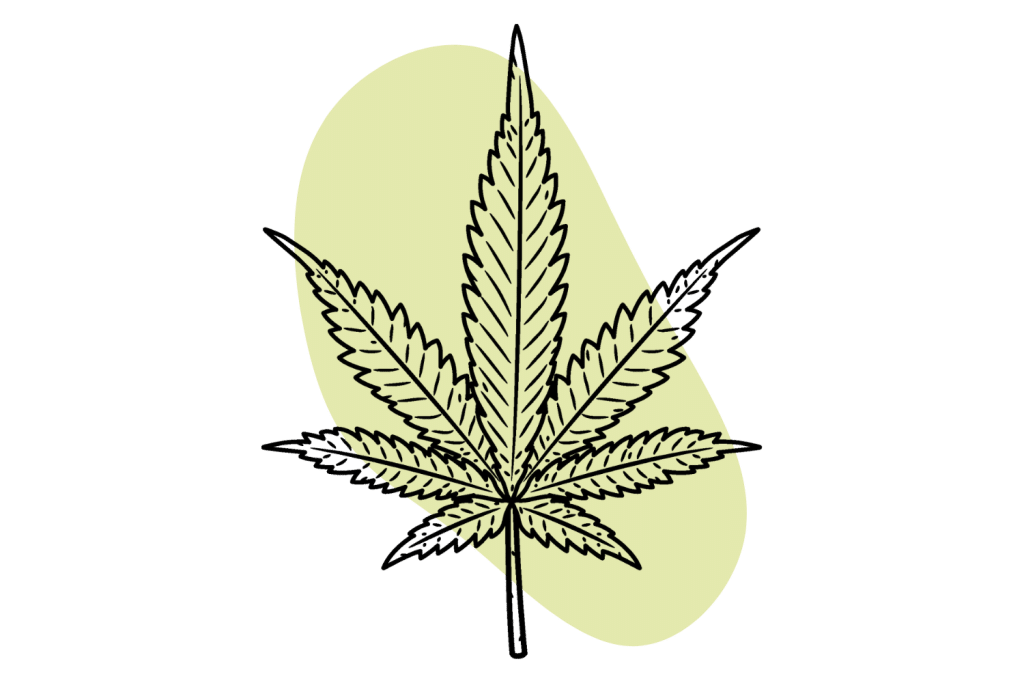
Mechanisms of THC & Other Cannabinoids
THC is the main psychoactive compound in cannabis. It acts by binding to CB1 receptors in the brain and central nervous system — the same receptors that interact with your endocannabinoids [2].
THC has a similar molecular structure to anandamide, one of the two major endocannabinoids in the endocannabinoid system (ECS).
Anandamide is called the bliss molecule because it induces feelings of relaxation, euphoria, and well-being and relieves tension.
That’s what happens when you get high once THC enters the bloodstream.
The short-term effects of weed include [3]:
- Euphoria
- Altered perception
- Increased appetite
- Pain relief
- Increased creativity
- Higher motivation
- Elevated mood and giggles
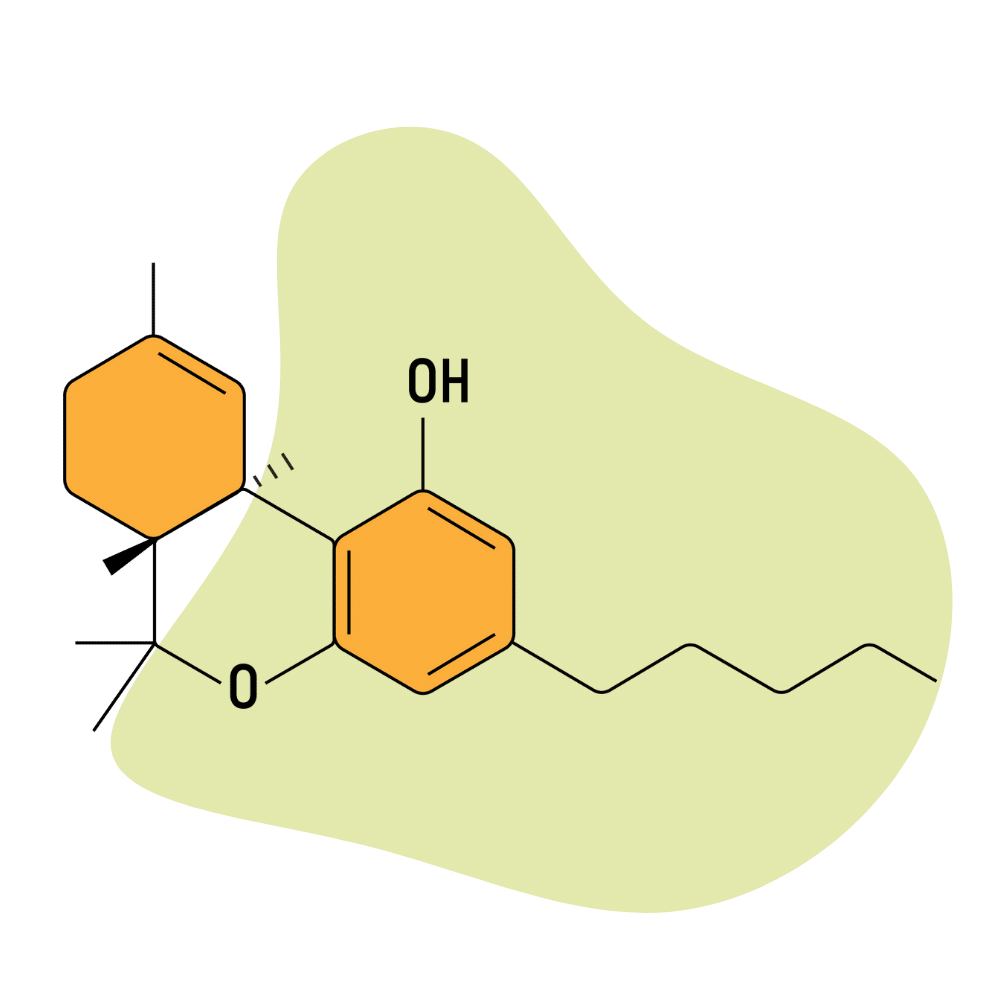
Therapeutic Benefits of Cannabis
Cannabis has a long list of therapeutic properties, but there are certain areas where the plant does exceptionally well.
Medically speaking, weed can [4]:
- Reduce pain
- Lower inflammation
- Elevate mood
- Combat the symptoms of depression
- Reduce anxiety
- Improve appetite
- Enhance sleep quality
- Prevent neurodegeneration
Potential Risks of Cannabis
When you get too high, your ECS gets overstimulated, resulting in mild “emergencies.”
Common side effects of weed include [5]:
- Confusion
- Dry mouth
- Dry, red eyes
- Issues with coordination
- Sedation
- Short-term memory problems
If you’re sensitive to the psychedelic nature of THC, it can backfire on you, causing [6]:
- Anxiety
- Drop in blood sugar levels
- Increased heart rate
- Paranoia
- Sweating
- Temperature fluctuation
- Panic attack
Xanax 101
Xanax (alprazolam) is an anti-anxiety drug prescribed to people with anxiety disorders. It’s classified as a short-acting benzodiazepine — which means its effects kick in quickly but don’t last very long (2–3 hours). This fast onset of effects makes it useful for avoiding panic attacks.
There are hundreds of other benzodiazepine drugs that offer similar effects to Xanax. The main differences between benzodiazepines are the onset of effects and duration (short-acting, intermediate-acting, or long-acting) and the potency of the drug.
Xanax is a particularly potent drug — active in doses as low as 0.5 mg.
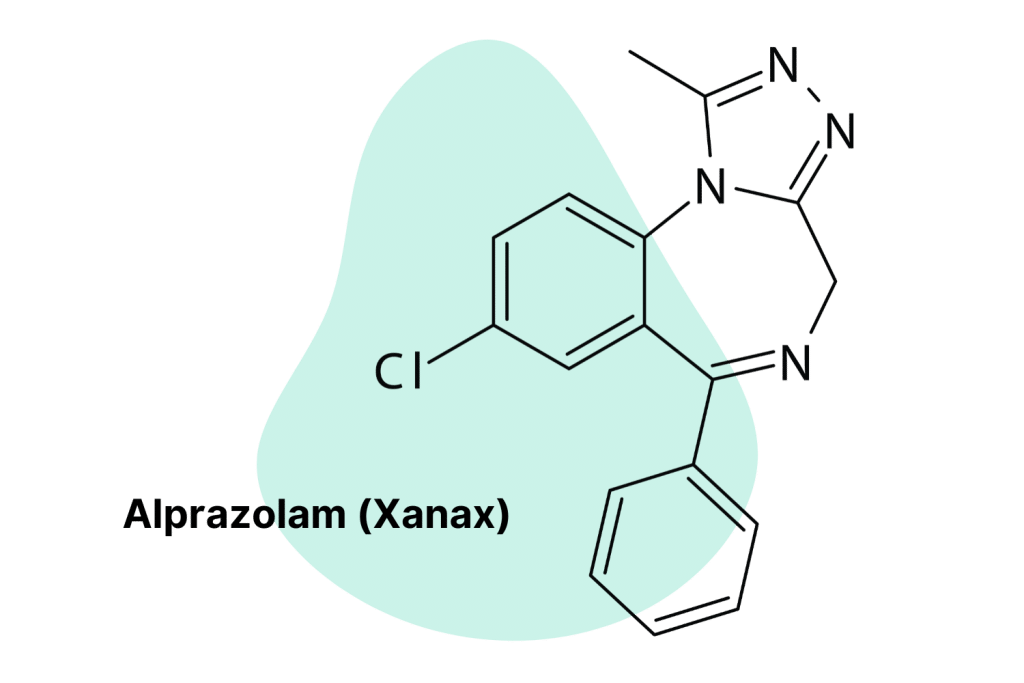
Risks & Long-Term Side-Effects of Xanax
Xanax doesn’t have the best safety profile. It’s known for its addictive nature and can cause a lot of harm when abused.
Aside from worsening your sleep and causing severe withdrawals upon cessation, the long-term use of Xanax may cause [8]:
- Dizziness
- Fatigue
- Hypertension
- Kidney damage
- Liver damage
- Seizures
Similar Combinations: Weed & Benadryl or Hydroxyzine
Some patients with anxiety and panic disorders receive prescriptions for Benadryl and Hydroxyzine — two antihistamine drugs that also come with anxiolytic (anxiety-reducing) properties.
Similar to Xanax, mixing weed with Benadryl or Hydroxyzine results in a much stronger sedative, anxiolytic, and intoxicating effect profile.
This combination can also lead to unwanted side effects due to cross-drug interactions.
These side effects include:
- Dizziness
- Difficulty concentrating
- Excessive sedation
- Falls
- Hallucinations
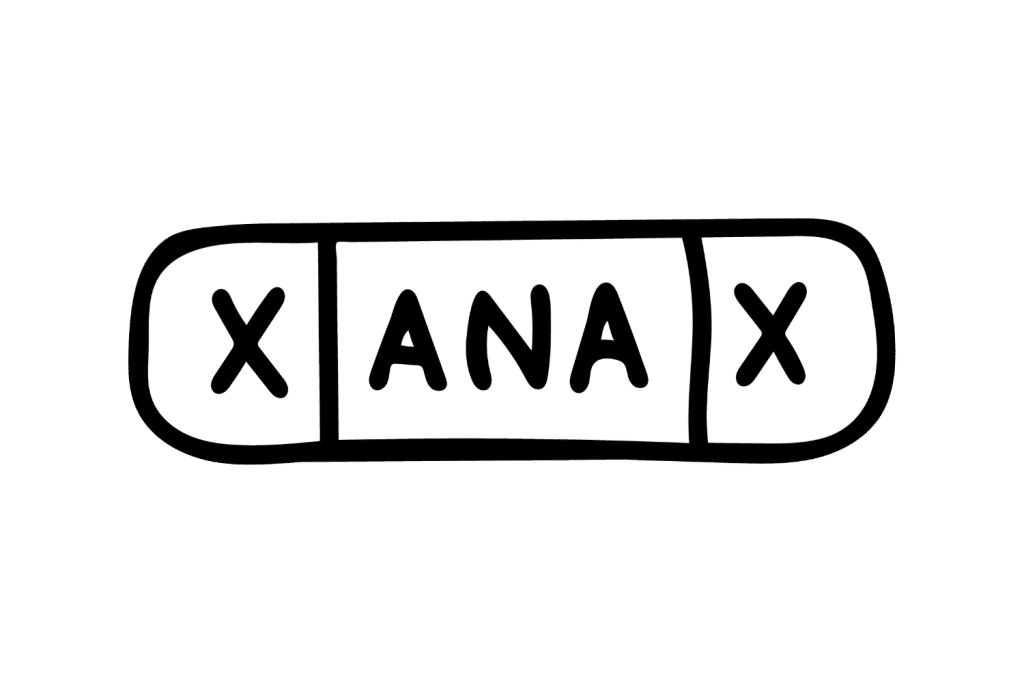
Final Verdict: You’ll Be Better Off Not Mixing Xanax & Weed
Taking Xanax and weed together has some short-term benefits, but it’s best to avoid mixing them due to the risks associated with their interactions.
If you’re considering Benadryl or Hydroxyzine instead of Xanax, be aware that they come with similar risks.
Mixing weed with medications requires the supervision of a qualified doctor who knows the half-life of each substance and will be able to maneuver the dosages and timing to avoid cross-interaction side effects.
By making an informed decision and prioritizing your health, you can better understand the complex mechanisms of Xanax, weed, and related substances.
References:
- Ren, G., Zhang, X., Li, Y., Ridout, K., Serrano-Serrano, M. L., Yang, Y., Liu, A., Ravikanth, G., Nawaz, M. A., Mumtaz, A. S., Salamin, N., & Fumagalli, L. (2021). Large-scale whole-genome resequencing unravels the domestication history of Cannabis sativa. Science advances, 7(29), eabg2286. https://doi.org/10.1126/sciadv.abg2286
- Ketcherside, A., Noble, L. J., McIntyre, C. K., & Filbey, F. M. (2017). Cannabinoid Receptor 1 Gene by Cannabis Use Interaction on CB1 Receptor Density. Cannabis and cannabinoid research, 2(1), 202–209. https://doi.org/10.1089/can.2017.0007
- NIDA. 2019, December 24. Cannabis (Marijuana) DrugFacts. Retrieved from https://nida.nih.gov/publications/drugfacts/cannabis-marijuana on 2023, May 29
- National Center for Complementary and Integrative Health. (2021). Cannabis (Marijuana) and Cannabinoids: What You Need to Know. Retrieved from: https://www.nccih.nih.gov/health/cannabis-marijuana-and-cannabinoids-what-you-need-to-know
- LaFrance, E. M., Stueber, A., Glodosky, N. C., Mauzay, D., & Cuttler, C. (2020). Overbaked: assessing and predicting acute adverse reactions to cannabis. Journal of cannabis research, 2(1), 3. https://doi.org/10.1186/s42238-019-0013-x
- Rey, A. A., Purrio, M., Viveros, M. P., & Lutz, B. (2012). Biphasic effects of cannabinoids in anxiety responses: CB1 and GABA(B) receptors in the balance of GABAergic and glutamatergic neurotransmission. Neuropsychopharmacology: official publication of the American College of Neuropsychopharmacology, 37(12), 2624–2634. https://doi.org/10.1038/npp.2012.123
- Ait-Daoud, N., Hamby, A. S., Sharma, S., & Blevins, D. (2018). A Review of Alprazolam Use, Misuse, and Withdrawal. Journal of addiction medicine, 12(1), 4–10. https://doi.org/10.1097/ADM.0000000000000350
- Edinoff, A. N., Nix, C. A., Hollier, J., Sagrera, C. E., Delacroix, B. M., Abubakar, T., Cornett, E. M., Kaye, A. M., & Kaye, A. D. (2021). Benzodiazepines: Uses, Dangers, and Clinical Considerations. Neurology International, 13(4), 594–607. https://doi.org/10.3390/neurolint13040059
- Huang, Z., Xu, Z., Wang, H., Zhao, Z. Q., & Rao, Y. (2018). Influence of ethanol on the metabolism of alprazolam. Expert opinion on drug metabolism & toxicology, 14(6), 551–559. https://doi.org/10.1080/17425255.2018.1483338

